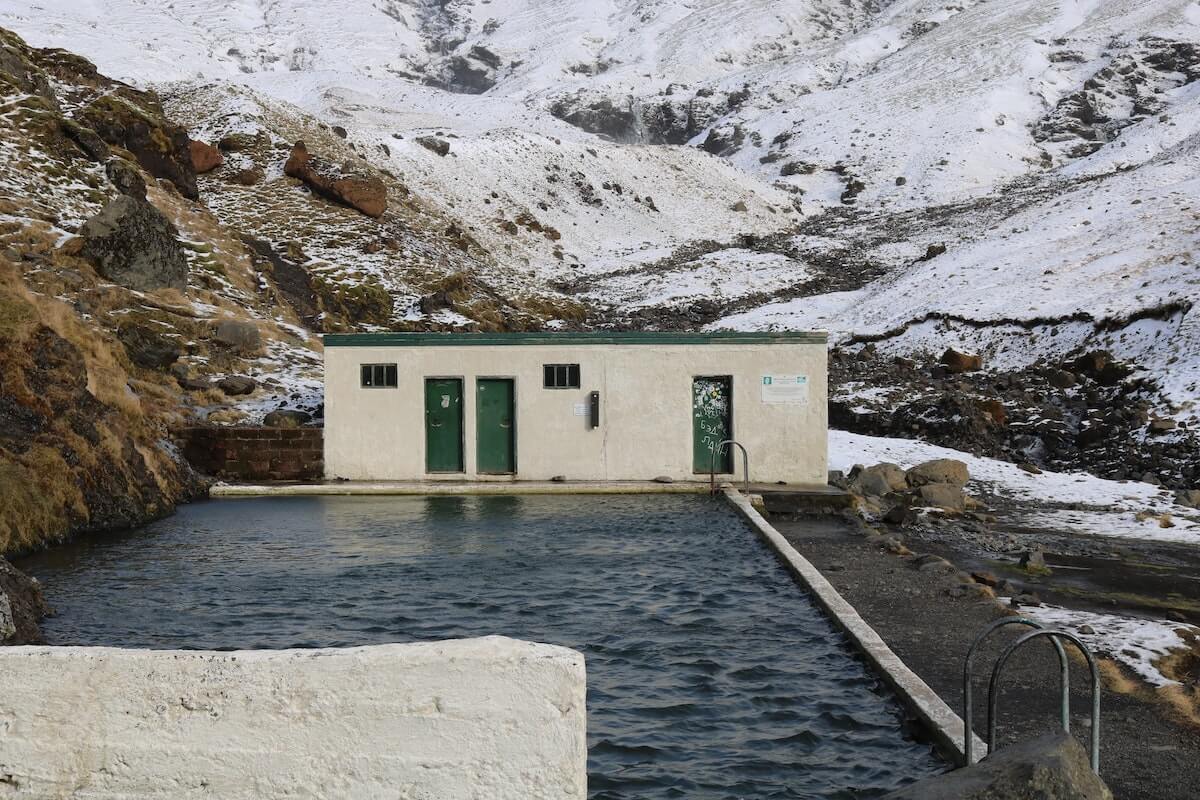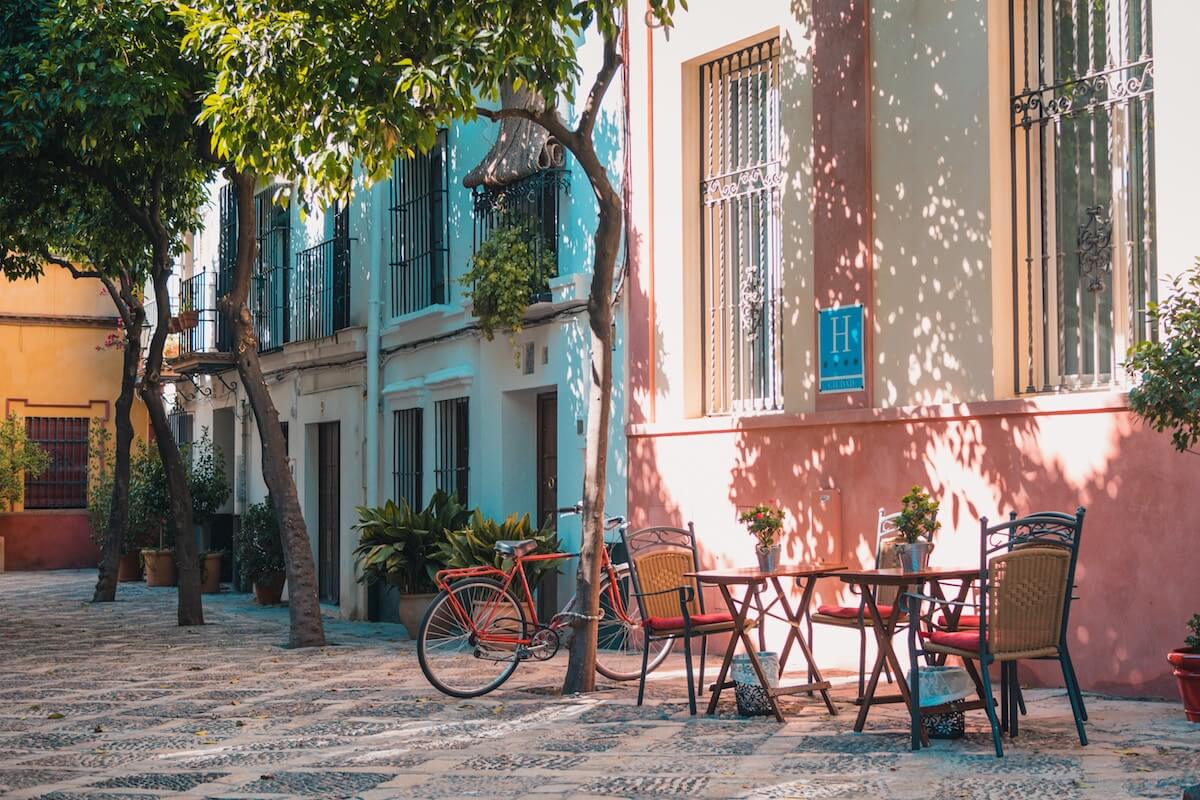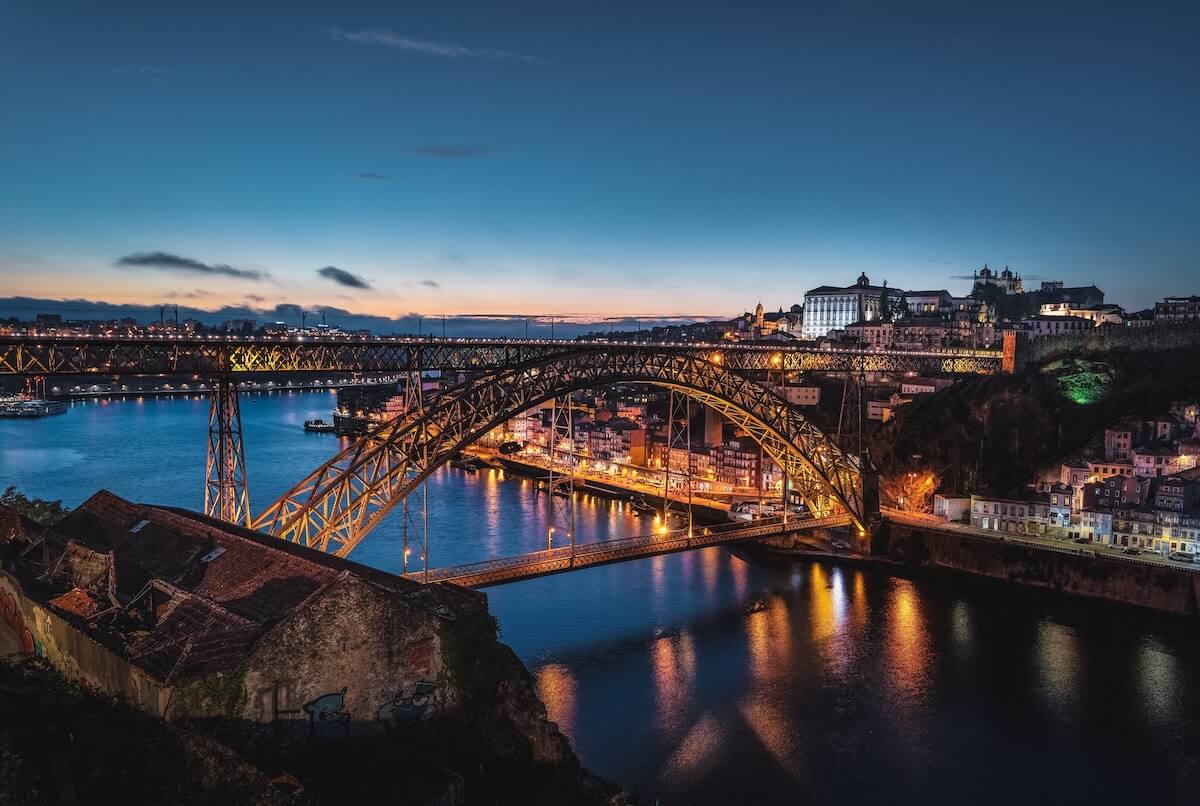Driving In Iceland: A Complete Guide
Iceland is a breathtakingly beautiful country with rugged landscapes, natural hot springs, and stunning waterfalls. While there are many ways to explore this stunning country, one of the best ways is by renting a car and hitting the open road.
With so much to see and do, driving in Iceland offers the ultimate sense of freedom and flexibility to discover all that this Nordic island nation has to offer.
In this blog post, we’ll give you all the insider tips and tricks to make your driving experience in Iceland an unforgettable adventure.
Which side do they drive in Iceland?
In Iceland, people drive on the right side of the road. If you’re coming from England or any left-road country, it may take a little time to adjust, but it won’t take long to get the hang of it.
Renting a car in Iceland
Yes, car rental fees in Iceland may seem more expensive than in other countries, but the added flexibility and freedom from renting a car is worth every penny. With your own wheels, you’ll be able to explore more of this breathtaking country, and you’ll have complete control over your itinerary.
Moreover, renting a car is essential if you want to explore some of Iceland’s hidden locations, which can only be reached by car. And if you’re looking for the best rates and options, we recommend checking out Discover Cars. You can easily select your pickup location at Reykjavik airport and start your Iceland adventure in no time!
Read more: You can check my detailed car rental guide in Iceland here.
Best driving routes in Iceland
Iceland’s breathtaking landscapes are best explored by car, and with so many stunning routes to choose from, it can be difficult to decide where to start. Here are some of the most popular and unforgettable driving routes.
Iceland’s Ring Road
First up is Iceland’s Ring Road, also known as Route 1. This 1,332 km (828 mi) circular road circles the entire country and takes you through some of the most awe-inspiring landscapes Iceland has to offer, from snow-capped mountains to sprawling glaciers and pristine lakes. While stopping at the different attractions, you’ll need at-least six days in the summer, or 12 days in the winter to get the most from this trip.
The Golden Circle
The Golden Circle is another incredible route, located just a short drive from Reykjavik. This 300 km (186 mi) circular route takes you through some of Iceland’s most iconic natural wonders, including the Geysir geothermal area, the majestic Gullfoss waterfall, and Thingvellir National Park. This trip can take 1-3 days depending on the season and the number of stops.
Westfjords
If you’re up for a more remote and off-the-beaten-path adventure, the Westfjords may be just what you’re looking for. This rugged and remote region is home to some of Iceland’s most dramatic and stunning scenery, with towering cliffs, plunging waterfalls, and endless stretches of untouched wilderness. Exploring this region takes at-least three days. You’ll need a 4-wheel-drive vehicle.
The Reykjanes Peninsula
The Reykjanes Peninsula, located in the southwestern part of Iceland, is also a great road trip. This area is home to some of Iceland’s most unique and otherworldly landscapes, including geothermal areas, lava fields, and the famous Blue Lagoon. This tour can take 1-2 days. You might want 4-wheel-drive vehicle for deeper exploration.
The Snæfellsnes Peninsula
Last but not least is the Snæfellsnes Peninsula, located on the west coast of Iceland. This 90 km (56 mi) long route offers breathtaking views of the Snæfellsjökull glacier and national park, charming fishing villages, and stunning coastline views. This tour can take a day or longer if you really want to explore. In the winter a 4WD is a good idea.

Is driving in Iceland easy?
While driving in Iceland can be an adventure, it’s important to be aware that it can be challenging, depending on the roads and conditions.
Many of the country’s roads are two lanes, and some are only suitable for 4-wheel-drive vehicles. You might also encounter one-lane bridges and rivers without bridges, so it’s important to be prepared and take things slow if you’re not used to this type of driving.
In addition, driving on F-marked roads and in winter can be tricky, especially if you don’t have experience driving in snow and ice. However, with a bit of planning and some careful driving, you can still enjoy the freedom of driving in Iceland while staying safe on the road.
Tip: The Icelandic Transport Authority recommends you watch this video about driving in Iceland.
Is driving in Iceland dangerous?
While driving in Iceland can present some unique challenges, it’s definitely doable as long as you’re careful and stay alert.
Some of the most common risks include sudden changes from paved roads to gravel, as well as blind hills and curves that require careful navigation.
Weather conditions can also make driving in Iceland challenging, especially during the winter months. Snow, ice, and fog can create hazardous driving conditions, meaning you should drive slowly and maintain a safe following distance.
Additionally, you should keep an eye out for livestock such as sheep, horses, and cows that can sometimes wander onto the road. If you do encounter an animal on the road, be sure to slow down and wait for it to cross.
Driving in Iceland can be an amazing way to explore the beautiful landscapes of this unique country, but it’s important to be aware of the risks and take it slow.

What are F-roads in Iceland?
If you’re an adventurous driver looking to explore the more remote areas of Iceland, you might have heard of F-roads. These mountain and highland roads are not regularly maintained, which can make them quite challenging to navigate.
They are only open in the summer from late June to October, and can test even the most experienced drivers. From big rocks and potholes to fording rivers, you’ll have to be the adventurous-type to dare journey down these roads.
If you’re planning to drive on an F-road, it’s important to do your research in advance and check the conditions of the road, including the depth of any rivers you may need to cross. Some F-roads are only suitable for 4×4 cars, and some even require specialized “monster-truck” type vehicles.
Single-lane bridges in Iceland
Single-lane bridges are common on the Ring Road, and they can be tricky to navigate if you’re not used to them.
The rule is, the closer vehicle has the right of way, so take your time and be patient before crossing.
Driving in the winter
Winter driving in Iceland can be difficult, especially if you don’t have much experience driving in snow and ice.
Some roads may be closed due to snowstorms, so it’s essential to check the weather forecast and road conditions before you travel. For some routes, we recommend renting a 4×4 vehicle, and remember to drive carefully and slowly.
Tip: Download the SafeTravel app to get updates on road safety in Iceland.
The speed limit for driving in Iceland
When it comes to speed limits in Iceland, they vary depending on the area.
In populated areas, the speed limit is usually 50 km/h, with residential areas have a lower speed limit of 30 km/h. On highways, it’s often 60 km/h.
In rural areas, gravel roads have a speed limit of 80 km/h, and paved roads 90 km/h.
Watch out for traffic signs indicating the recommended maximum speed in some areas. You’ll notice the signs with white numbers on a blue square background.
And of-course, you might find it’s too dangerous to drive at the maximum speed when the roads are slippery, so always take care.
Speeding fines
Remember to be careful when driving in Iceland, as there are speed enforcement cameras on the roads, and speeding fines can reach over a hundred thousand ISK.
Even if you were driving under the speed limit, you might find yourself getting in trouble if it’s judged you were driving to fast for the road conditions. Snow and ice on the roads is common, and will slow you down.
Road rules in Iceland
It’s important to follow the rules of the road in Iceland:
- People drive on the right side.
- Don’t drink and drive. The blood alcohol limit is 0.05%, so if you’re from the UK or the USA, this might be lower than you’re used to.
- When driving, your vehicle headlights must be on at all times, day and night. Usually in more-modern cars, you won’t be able to turn them off.
- It is strictly against the rules to drive off-road. You might get a fine.
- Everyone must use their seat-belts, and children under six years old need to use a car seat.
- Using a mobile phone while driving is only allowed if it’s hands-free.






All of the questions on my mind were answered. I appreciate it so much. Thank you!